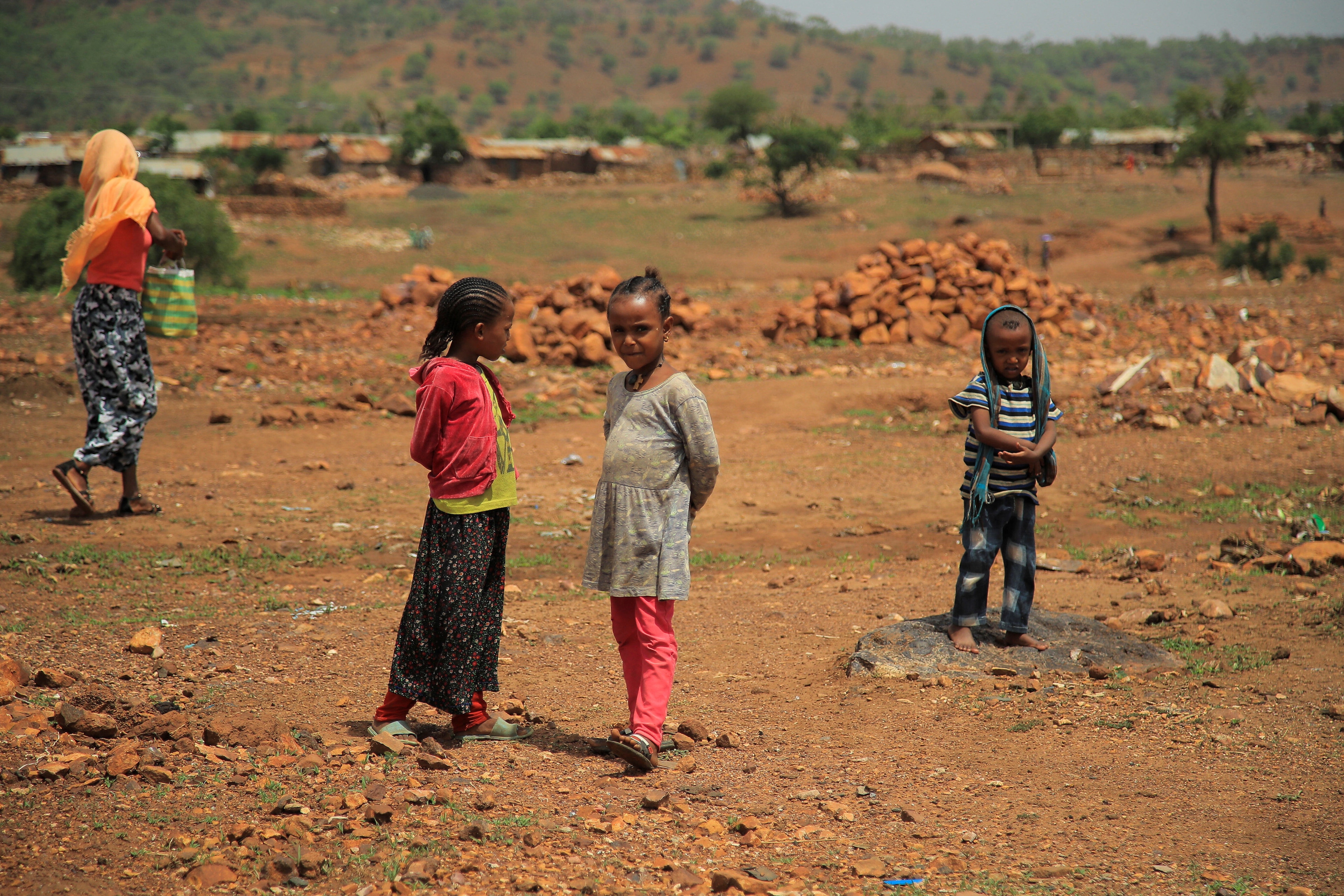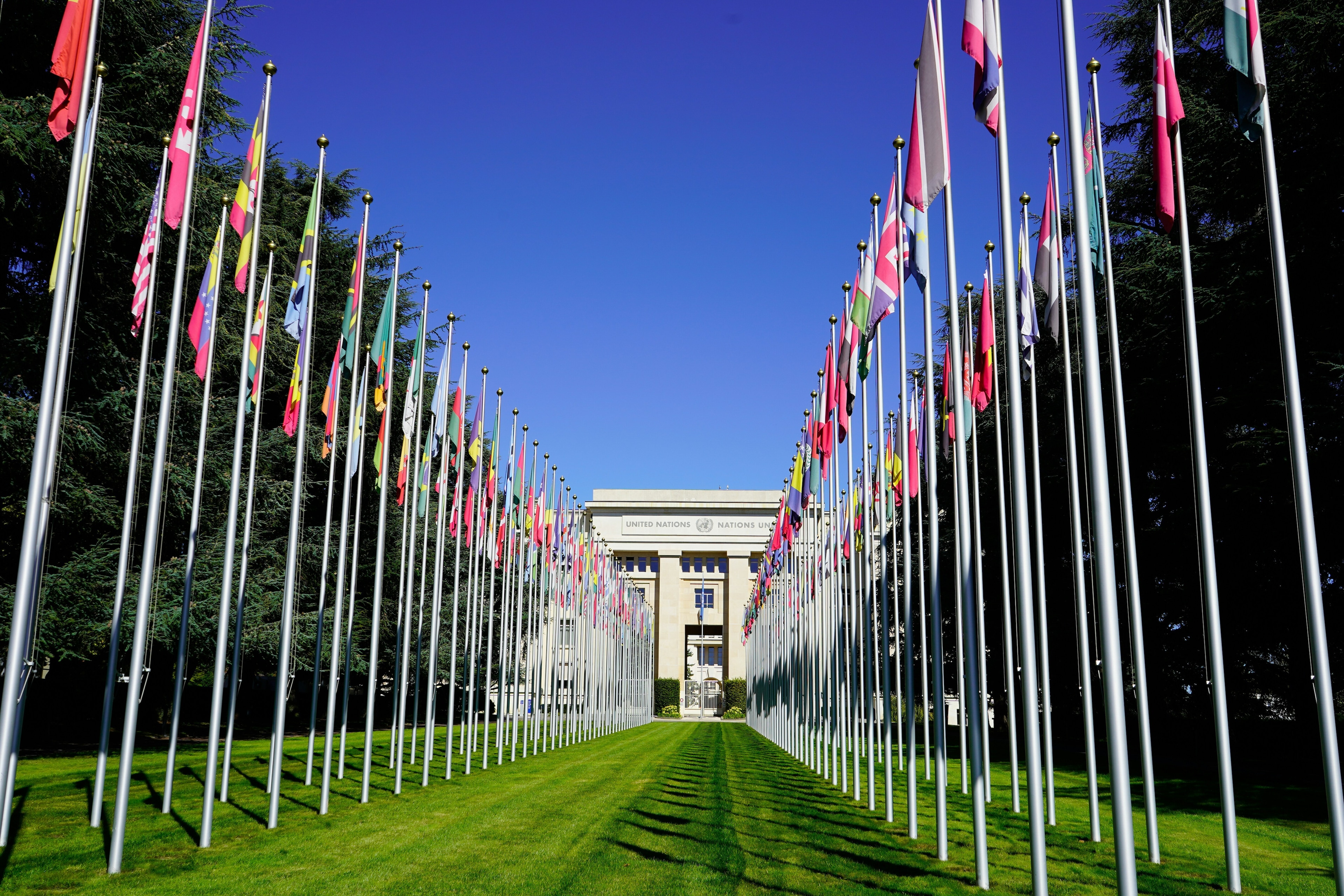How Gavi will immunise another 300 million children

Stay up to date:
Future of Global Health and Healthcare
A challenge stands before us: ensuring immunisation of the world’s poorest children. If we, as global citizens can meet it, we will help protect the lives of millions in places too poor to afford vaccines.
Despite remarkable progress made by Gavi, the Vaccine Alliance in helping to immunise half a billion children since 2000, nearly one-in-five children are still missing out, such that every year, 1.5 million still die from vaccine-preventable diseases.
This Vaccine Alliance – created by a group of bold individuals – helped to arrest stagnating and declining immunisation rates by coalescing the strengths of UNICEF, the World Health Organization, the World Bank, theBill & Melinda Gates Foundation and others to achieve what no single agency could.
Working closely with them, our country partners and civil society, Gavi brought new and underused vaccines to the remotest parts of the world. Pentavalent – which includes five vaccines in a single shot – now has reached all 73 of the poorest countries.
But children still are dying, and we must remain bold. Introducing a vaccine into a country is just the beginning. That vaccine also must reach every child, no matter how remote, how difficult the terrain or how “hidden” his family, which could be refugees, urban slum dwellers or nomadic people.
When Gavi recently analysed how to expand vaccine coverage – the challenge of our 2016-2020 programme – countries told us they need enough vaccines to reach 300 million children. To achieve this, Gavi needed another US$ 7.5 billion from donors. Gavi has been particularly innovative in bringing down the prices of vaccines (by up to 95% in some cases) and raising money in the bond markets and from private sector donors. But this was a lot of money, and there was much internal hesitation to make such an ask, given the global economic climate. Should we reduce our request to a “digestible” amount, cutting programmes that save children’s lives?
My advice as Chair was simple: Be bold. Do not compromise the health of children. Our case is strong: Vaccines are a best buy in public health, offering a lifetime of protection. They help cut healthcare costs, keep children in school and boost productivity. Full funding of vaccine programmes could unlock US$ 100 billion in economic benefits.
Most important, immunising children is the right thing to do. With full funding, Gavi could increase to 50% from 5% the number of children who receive all 11 vaccines recommended by WHO, saving between 5 million and 6 million more lives.
At our pledging conference, January 27th in Berlin, donors gathered to announce their support for Gavi’s 2016-2020 programme. As of lunchtime, Gavi had not secured enough funding. But through a remarkable last push with global leaders led by German Chancellor Angela Merkel, Gavi ended the day with US$ 7.539 billion in pledges. We made a bold request; donors exceeded our every hope. We are grateful and offer immense thanks.
Serious disparities remain with coverage high in some regions but virtually non-existent in others. Our challenge by donors on behalf of the world’s children is clear: End this disparity in coverage. Help countries establish equitable, sustainable vaccine programmes.
We must reach the unreached, giving children a chance to live to their full potential. We will continue to be bold.
This article is published in collaboration with The Bill & Melinda Gates Foundation. Publication does not imply endorsement of views by the World Economic Forum.
To keep up with the Agenda subscribe to our weekly newsletter.
Author: Dagfinn Høybråten is Chair of Gavi, the Vaccine Alliance, and the Secretary General of the Nordic Council of Ministers.
Image: Vaccines are placed on a tray inside the Taipei City Hospital. REUTERS/Nicky Loh.
Don't miss any update on this topic
Create a free account and access your personalized content collection with our latest publications and analyses.
License and Republishing
World Economic Forum articles may be republished in accordance with the Creative Commons Attribution-NonCommercial-NoDerivatives 4.0 International Public License, and in accordance with our Terms of Use.
The views expressed in this article are those of the author alone and not the World Economic Forum.
Forum Stories newsletter
Bringing you weekly curated insights and analysis on the global issues that matter.
More on Global CooperationSee all
Joan-Paula Bor and Kathleen Schmeler
October 6, 2025
Belisario Contreras, Cristina Camacho, Thelma Quaye, Vilas Dhar and Iyad Rahwan
October 6, 2025
Akshay Joshi and Martina Szabo
October 6, 2025
Leonor Nieto, Niklas Jäschke and Shirly Piperno
October 1, 2025
Tomy Lorsch and Maya Ben Dror
September 30, 2025
Vijay Eswaran
September 29, 2025






